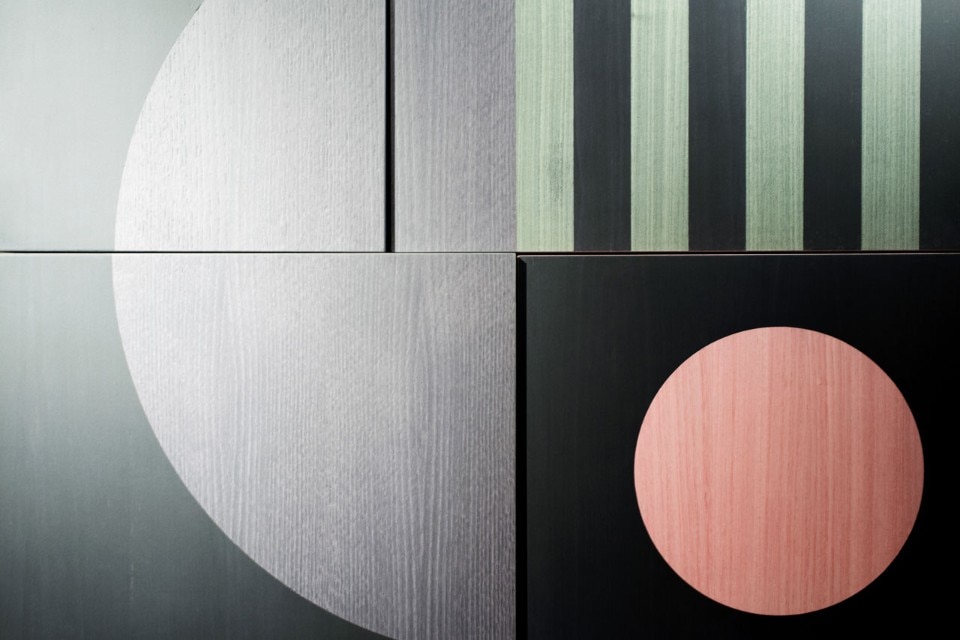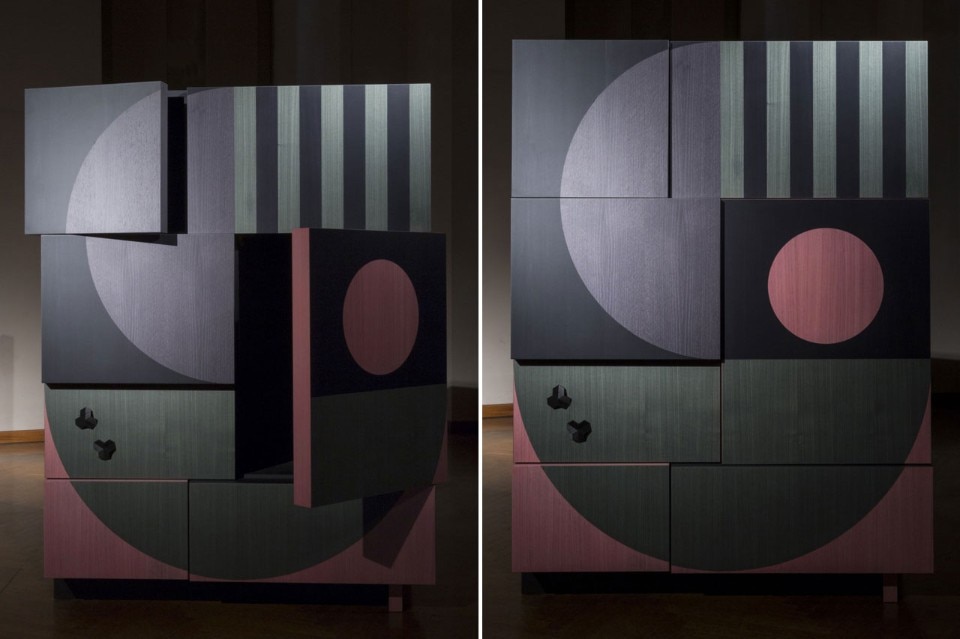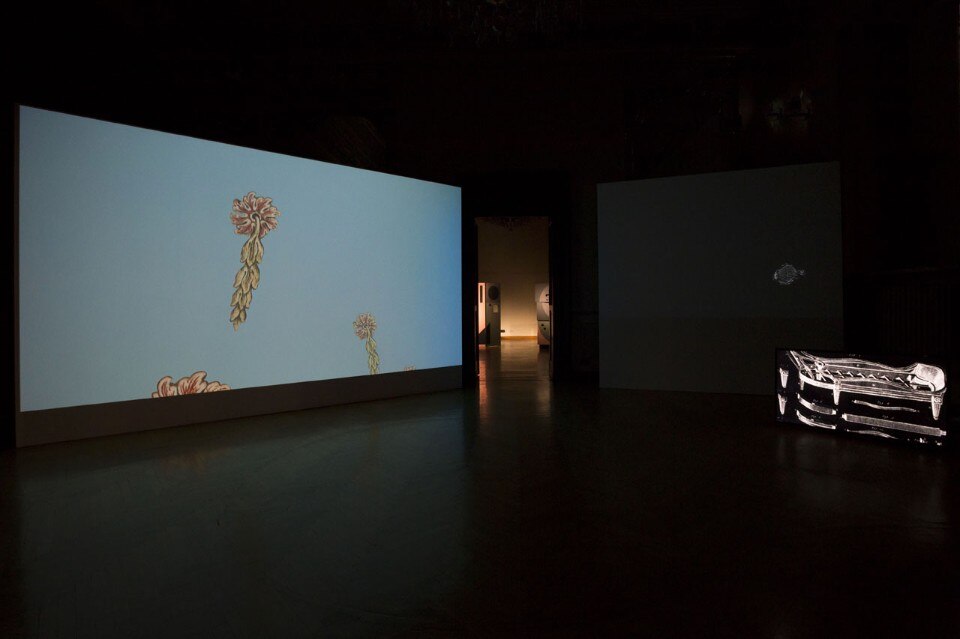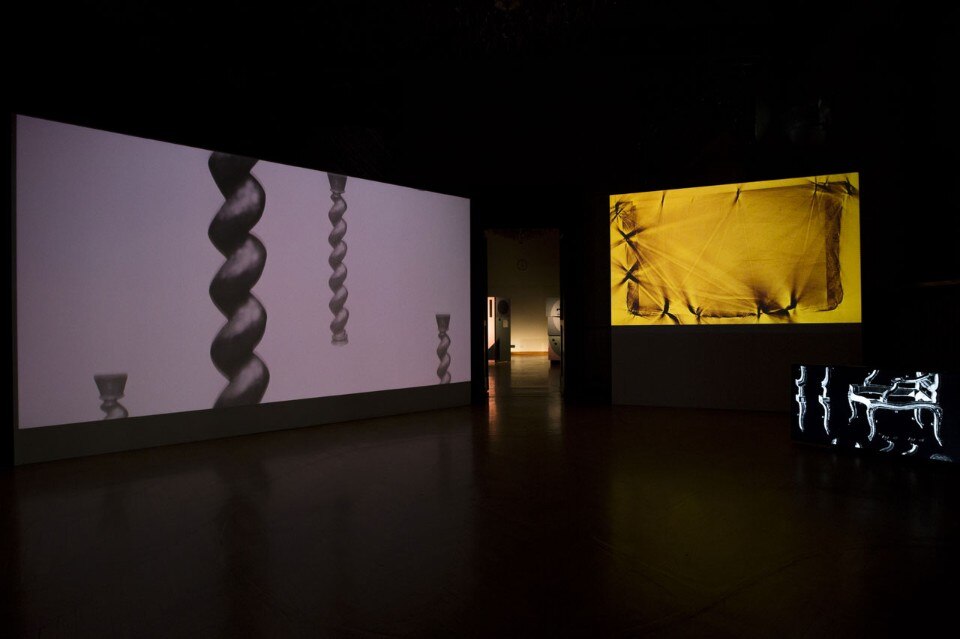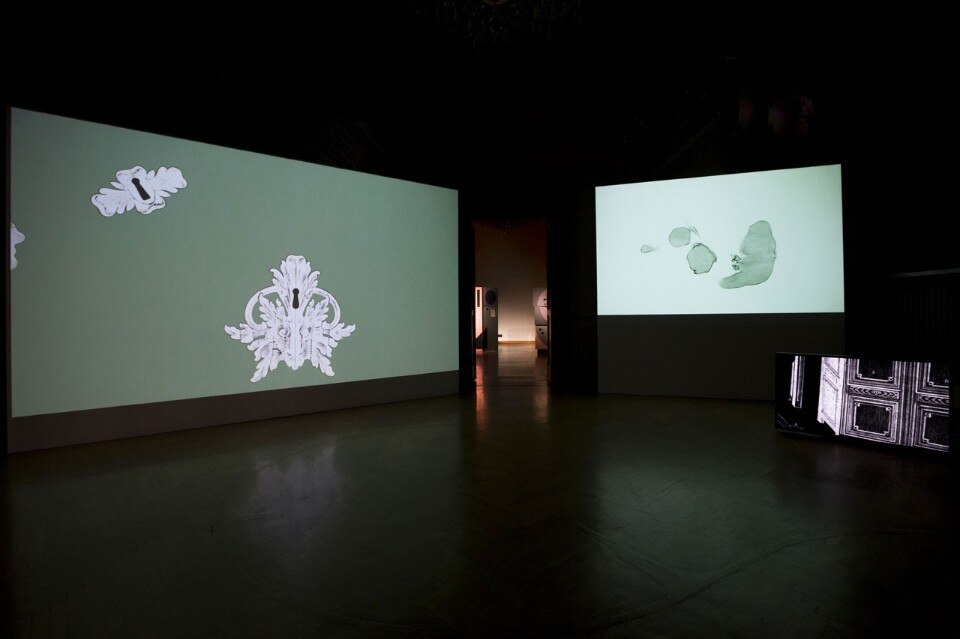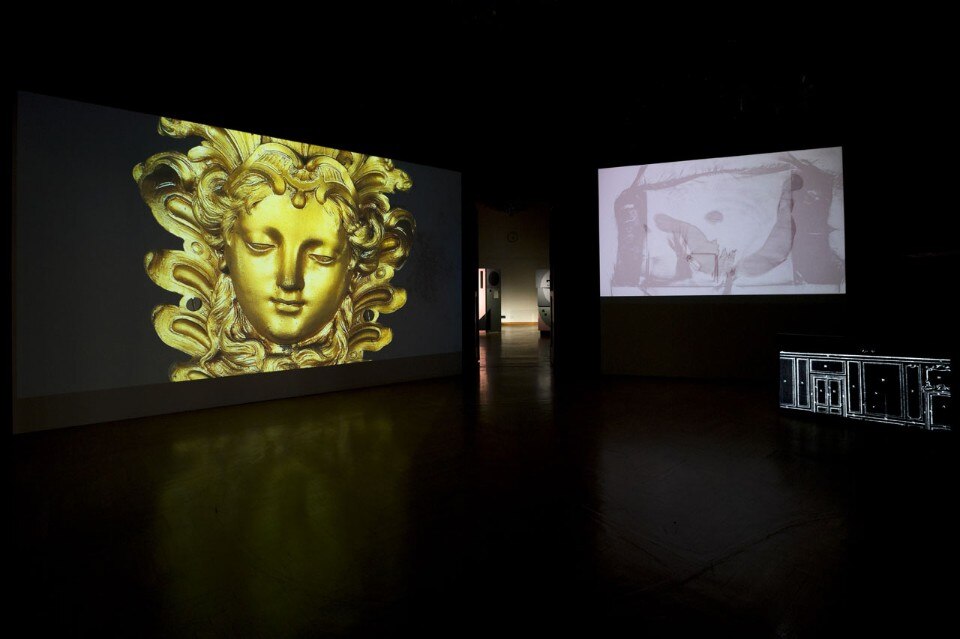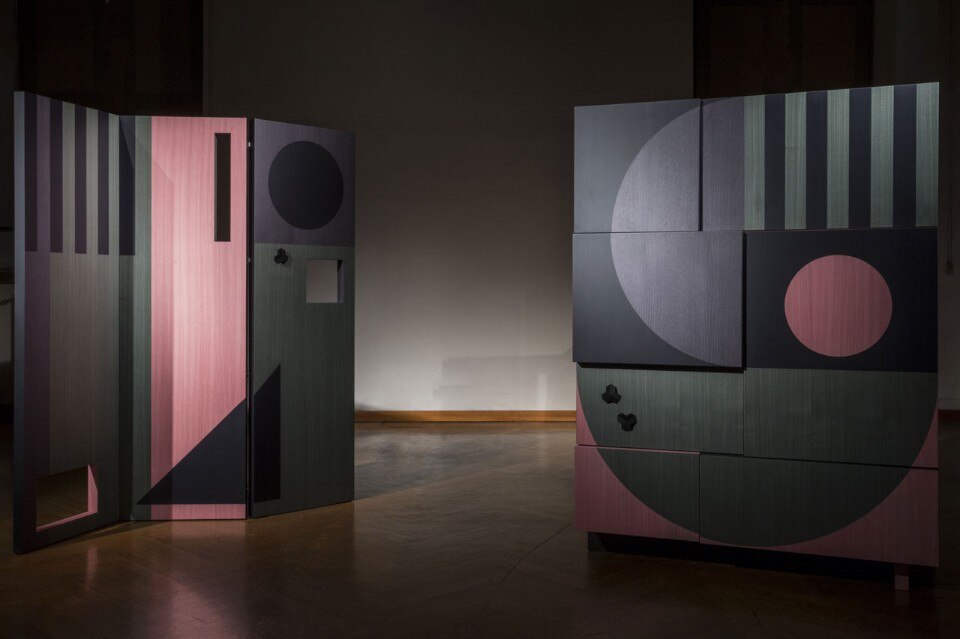
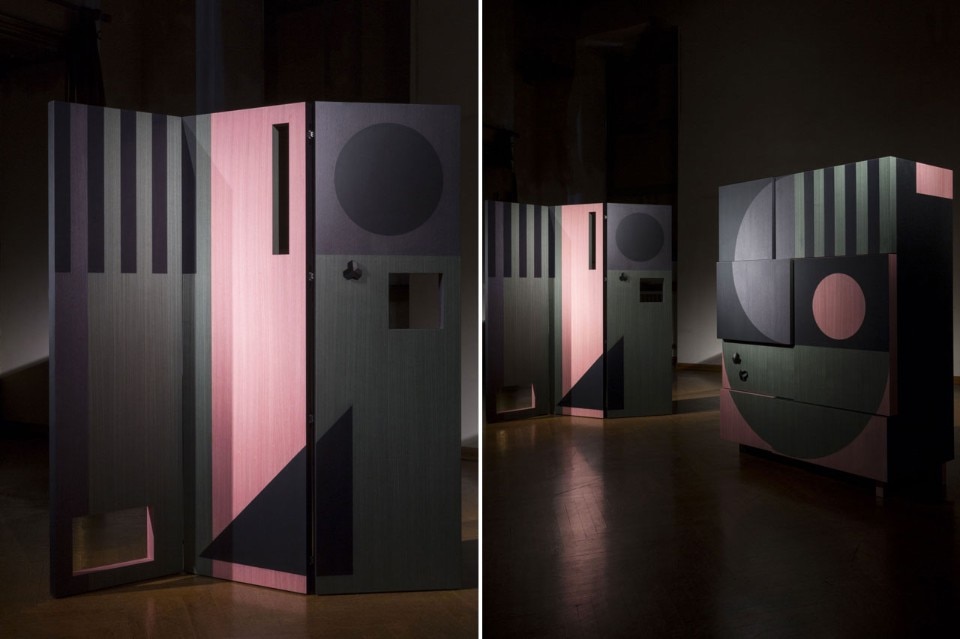
The Ancient University of the Minusieri represents one of the longest-standing establishments in the area: founded in Turin in 1636, for four centuries it has been active in handing down the secrets of highly-sophisticated and meticulous woodcarving by passionate and indefatigable workers, whose technical skills never cease to fascinate. Woodcarvers, cabinet-makers, coach-builders – words belonging to another time – are those who carry on today this surprising activity made of precision, patience, experience and long hours of inlay work, smoothing, decoration. Operae “presents to companies and designers a new perspective on the world of design, a perspective in which manual skills and the prestige of artefacts poised between art and craft suggest new possibilities for action on the market”, says Annalisa Rosso, to which Bold has assigned this edition, “they commissioned Zaven with their unique approach to design for this specific look at artisan memory, memory that although it is distant is still rich with inspiration and open to revisitations”. Realised in collaboration with La Venaria Reale Centre for Conservation and Restoration and the San Carlo Technical Schools Association, “Trecentottanta” gives us a lively and dynamic vision of this ancient art. Enrica and Marco sift through the history and historical context of the areas where they have been called upon to intervene, they talk to us about this experience and how it compares with the present.
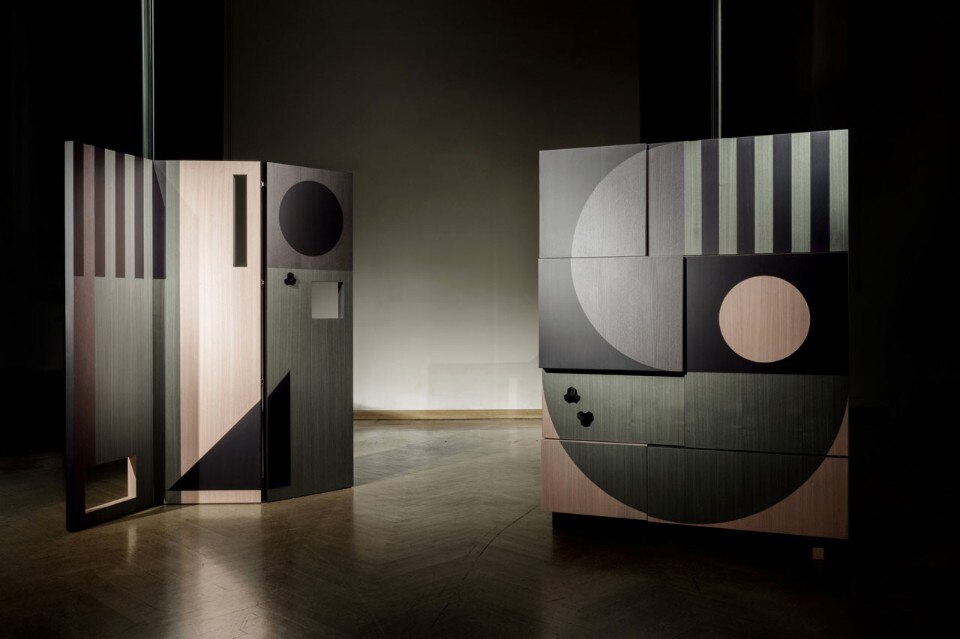
Maria Cristina Didero: I read in the presentation about the fair that “design reflects its own times. In the formal synthesis of an object, marks and meanings are inevitably found that belong to the specificity of an age”. How, in your opinion, does contemporary design reflect our times?
Enrica Cavarzan: With friends I have always liked to guess and remember the dates of songs, fashions and objects. Knowing how to locate in space time “an image” of the past is very interesting and has always helped me to understand why we are moving like this today. Every object tells us about the designer who designed it, the material it is made from, in which country it was made. Nowadays a phone or a piece of clothing is made of many elements that converge from different parts of the world. The objects now more than ever reflect a historical period marked by the use of globalised manufacturing.
Marco Zavagno: The fast pace of our times has definitely influenced the production of contemporary design. There is an interesting search for novelty and this has encouraged a very interesting cross-over, that has made design more open to new fields of research, like biology or science for example, demonstrating how this discipline can become a key driver for the new economy.
Maria Cristina Didero: The word minusiere means fine wood-carving, the more detailed work as opposed to woodworking done by the master carpenter. How much is the historic context in which an object is born able to influence a design?
Zaven: In the case of minusieria a great deal, because the production of objects, doors, ceilings, bookcases and private rooms inside the most beautiful palazzos in Turin were done in a baroque style of the French courts of the 1700s. Also today the context is very important because it is also linked to the technology of production that is evolving much more rapidly.
Maria Cristina Didero: Wood, as an iconic material, has a particular attraction for you?
Zaven: Wood has a unique attraction because to give it a form you have to work by subtraction or rather uncover a hidden form, like stone. Wood describes a story of time and geography, every piece becomes unique and reveals in its work its character, its strength and uniqueness.
Maria Cristina Didero: How should a designer act today with regards to responsibility in the face of history, or of a great legacy? And more precisely how do you do it? – in the case where this occurs.
Zaven: History is very important in our practice, it serves to understand where we are now, to form an awareness and to help us to go further. Investigating what has already been done, or rather discovering how a theme has already been treated, is the starting point for imagining new scenarios, new applications and solutions.
Maria Cristina Didero: Is the past – the history of design – a starting point for you, a source of inspiration? Let me explain: are historic influences (notably the Italian ones of special importance at an international level) preparatory to doing more and better or do you not make comparisons with the past and start exclusively with the present?
Zaven: We look for the base on which to construct our designs, the inspirations are various, very often derived from art, fashion, architecture, we need suggestions from the past to construct the present and the future.
Maria Cristina Didero: Do you have teachers? Are there personalities of particular relevance for you?
Enrica Cavarzan: Yes, I have many people who I take as a reference; I will try and give you some names among those who have interested me and inspired me to do this job: Josef and Anni Albers, Franz West, Vivienne Westwood, Carlo Scarpa.
Marco Zavagno: More than teachers, many lovers, some lasting, others fleeting. The problem is that with a true teacher you have to know them and frequent them, love them and hate them, a teacher is a person with a body and a character, someone with whom you go on a journey and share experiences. But without a doubt Ettore Sottsass, Donald Judd and Spike Jonze are beacons that are very distant from one another but that I continue to regard with great interest.
Maria Cristina Didero: As curators but also as authors of certain pieces, what were the early influences for the development of this work at Operae?
Zaven: I wouldn’t define ours as a curation in the classic sense of the word, but rather a project in which we have worked with various languages. The most important thing was to create a story, or rather to introduce to a contemporary public a reality known chiefly to historians in that area. We have constructed the narrative on three levels, or rather the historical aspect (the written documents), the uniqueness (details of objects) and technology (the scans of the furniture). Firstly we were influenced by a number of Turinese excellences, the title was suggested by Alighiero Boetti, the geometry of the furniture, probably by Giacomo Balla, the attention to detail by Pietro Piffestti.
Maria Cristina Didero: In what way and to what extent is adherence to one’s own era a determining asset for a designer today? I mean, would you ever design like in the past, using obsolete methods?
Zaven: The real challenge is to use past techniques to make objects that have a present meaning. Certainly the techniques where the human component is determining are the most exciting ones, we mean things like making pottery on a wheel or mouth-blown glass or where the final product is always the same but always uniquely different.
Maria Cristina Didero: How much does the sense of identity, provenance influence your work?
Zaven: A great deal, we believe a lot in the idea of language because it is something that evolves continually but always has very strong roots; what we design is the result of a set of forces and factors, historic and geographic. We travel a lot and this enables us to get to know different cultures and histories, we like the idea of being able to elaborate and improve our language, to add new vocabulary, but we are convinced that the Italian root remains always firmly established and recognisable.
Maria Cristina Didero: Looking specifically at the Turin project: I like the idea of having substituted the traditional bone inlays, for example, with printed elements. How and to what extent do past and present live together?
Zaven: It is important that they live alongside one another, because our existence is based on evolution. If we are not able to recognise the mistakes but also the merits of the past we will be able to design a sustainable present and future.
TRECENTOTTANTA. Appunti sull’Antica Università dei Minusieri
Project: Zaven
Project management: Sara Fortunati / Paola Zini
Production of exhibited objects: GP di Pasquale Stefano, Pavan Arredamenti, PMF di Pedrone Franco
With the collaboration of: Associazione Scuole Tecniche San Carlo, Centro Conservazione e Restauro La Venaria Reale


